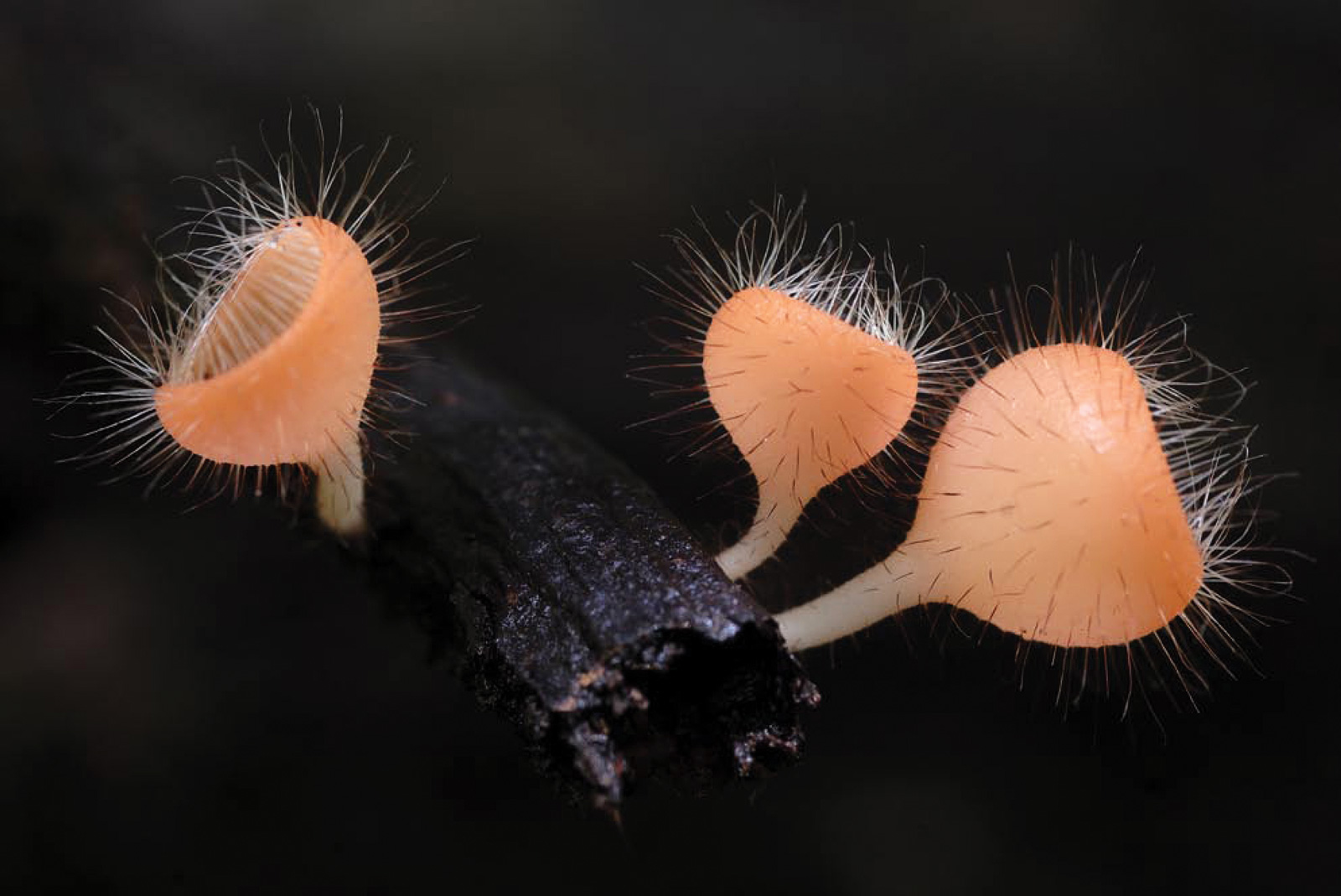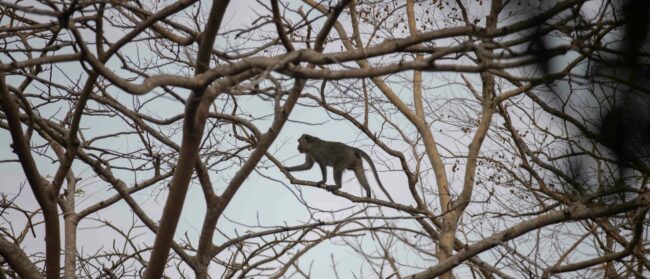Editor’s note: Destruction of ecosystems; loss of biodiversity. These clinical phrases do little to make us realise just how rich the worlds we stand to lose really are. But in Cambodia’s dwindling rainforests, devastated by decades of deforestation, whole universes take shape beneath the shade of a single flower. In 2009, photographer Jeremy Holden turned his lens towards some of the Kingdom’s most beautiful – and fragile – flora and fauna. Now, for the first time, you can read the story online.
The topic of “jungle creatures” conjures up images of majestic tigers, lordly elephants, giant snakes and rampant monkeys, creatures known to scientists as “mega fauna”.
In the Cambodian rainforest, however, seeing its creatures, even finding signs that they are present, is a challenging problem because of their size. This rainforest is nothing like the African savannah, where large animals are plentiful.
In the forest, the larger mammals are scarcer – having a naturally lower density – and shyer.
Many researchers studying rainforest mammals, such as tigers or species of rhinoceros, never see their subjects, but rather conduct their studies using devices such as trip-cameras.
Given all that it might seem a waste of time journeying to one of Cambodia’s remote rainforests in search of wildlife.
This, however, is not the case. The real wonders, at least the ones most likely to inspire wonder in those that have ventured into the country’s forests, are the abundance of smaller creatures.
Tropical rainforests exhibit some of the highest diversity of species found in any ecosystem. Not only are there more plants and trees, but also a myriad of species that exist on and among this botanic paradise.
A contemporary debate gives some idea of how diverse this ecosystem is: there are currently about 2 million different species on Earth.
Scientists argue about how many remain to be discovered – 10 million, 20 million? Some even push the number as high as 30 million. But everyone agrees that the vast majority of these as-yet-undiscovered species are probably in tropical rainforests and are most likely insects.
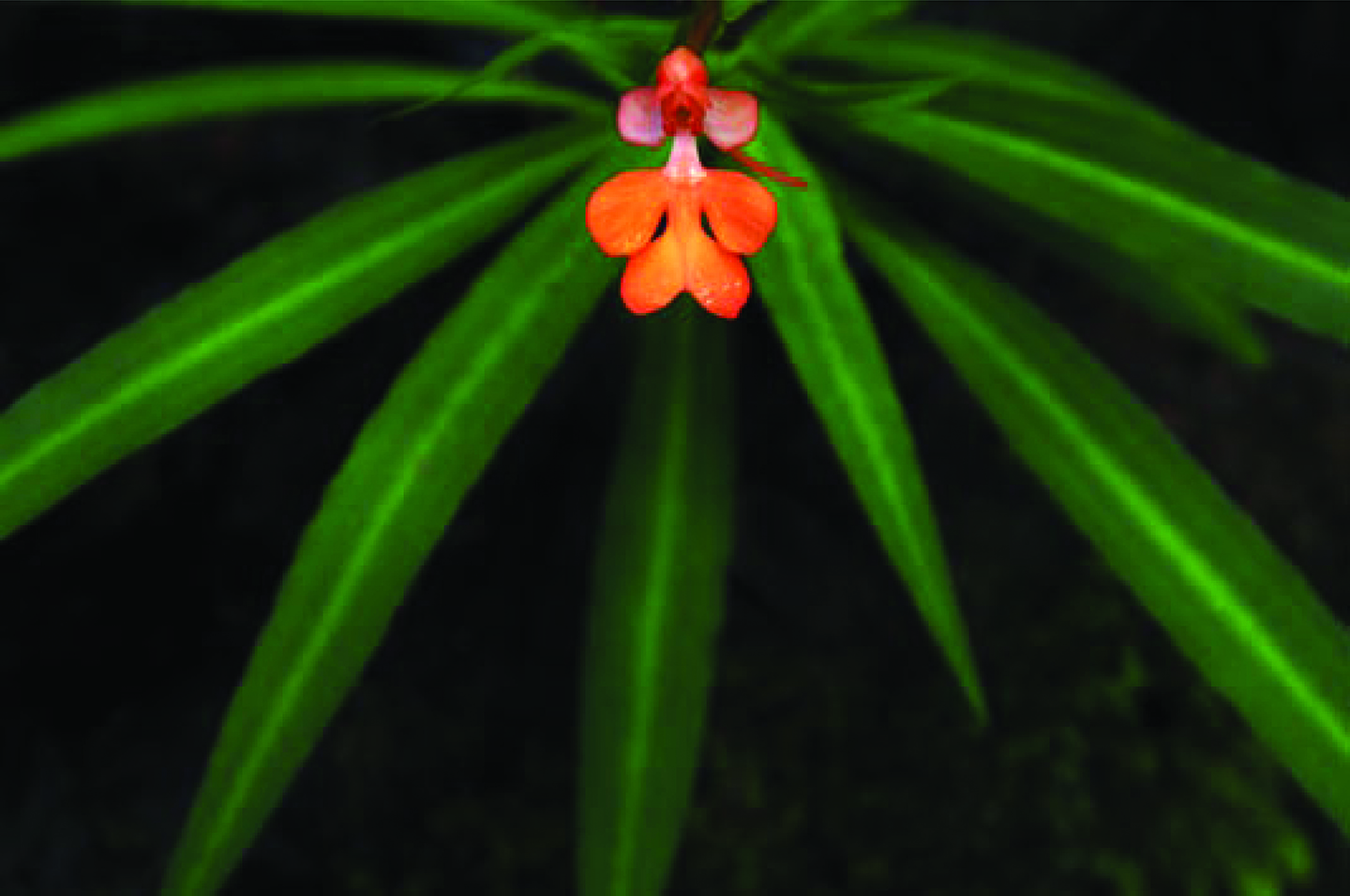
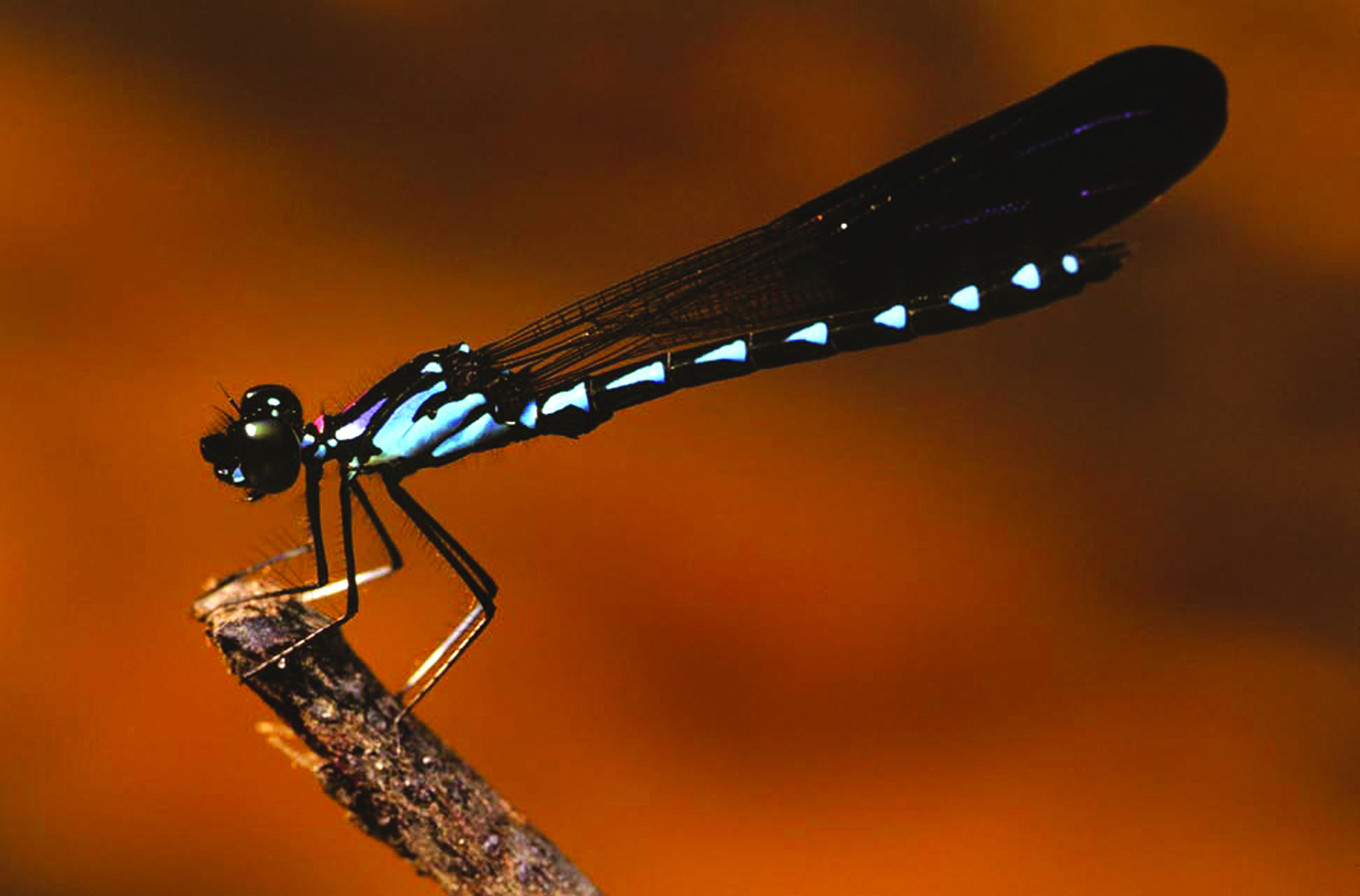
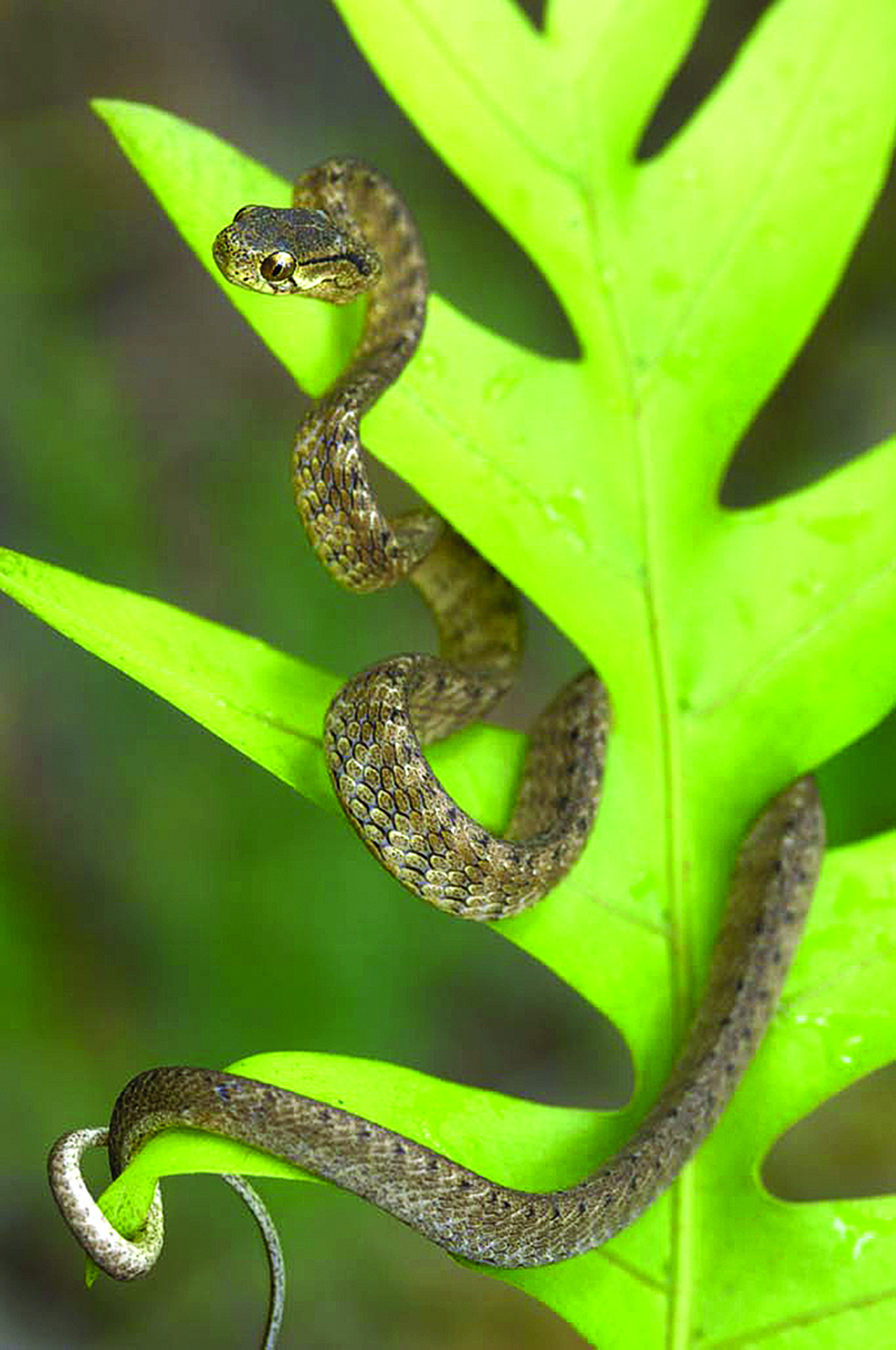
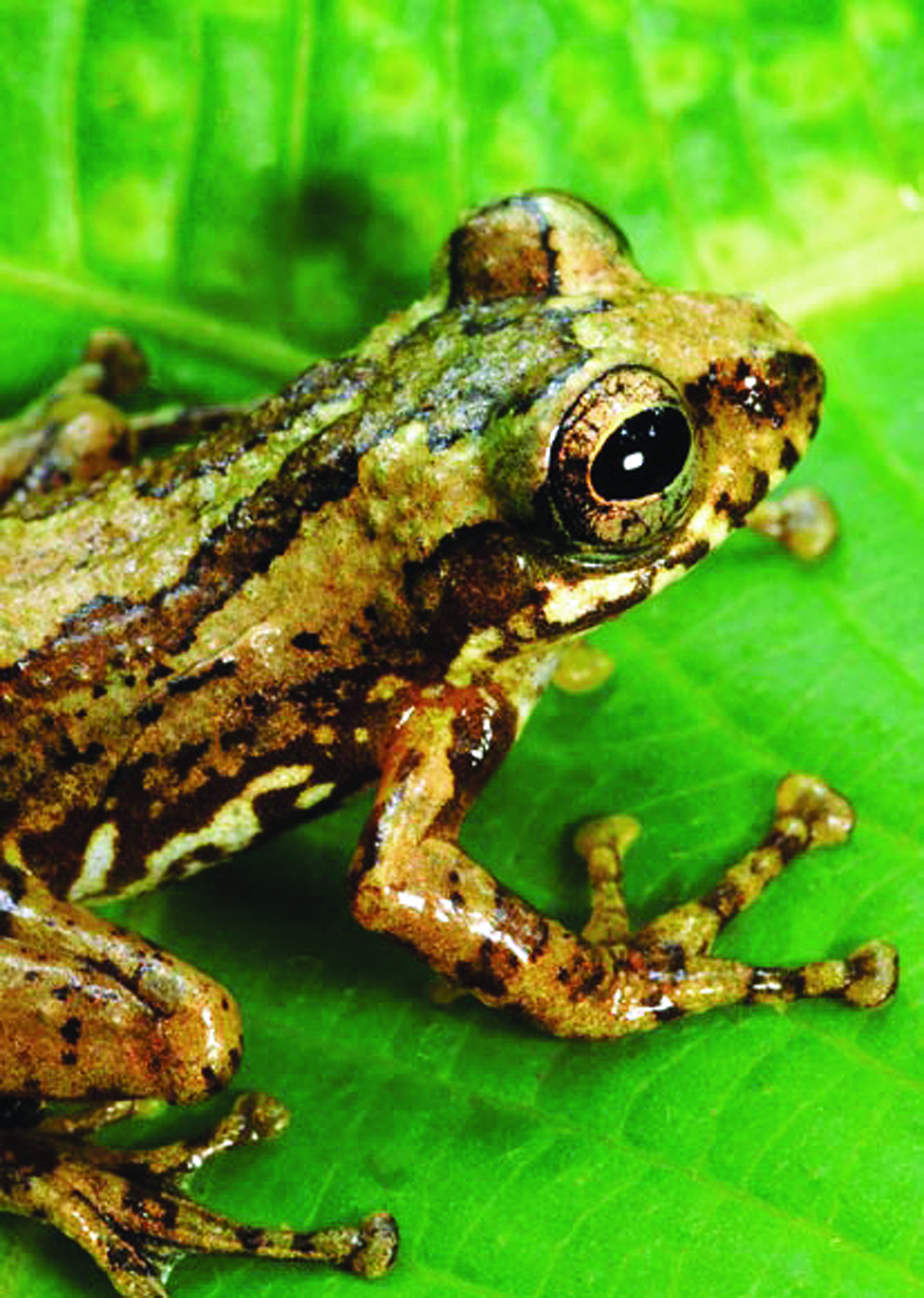
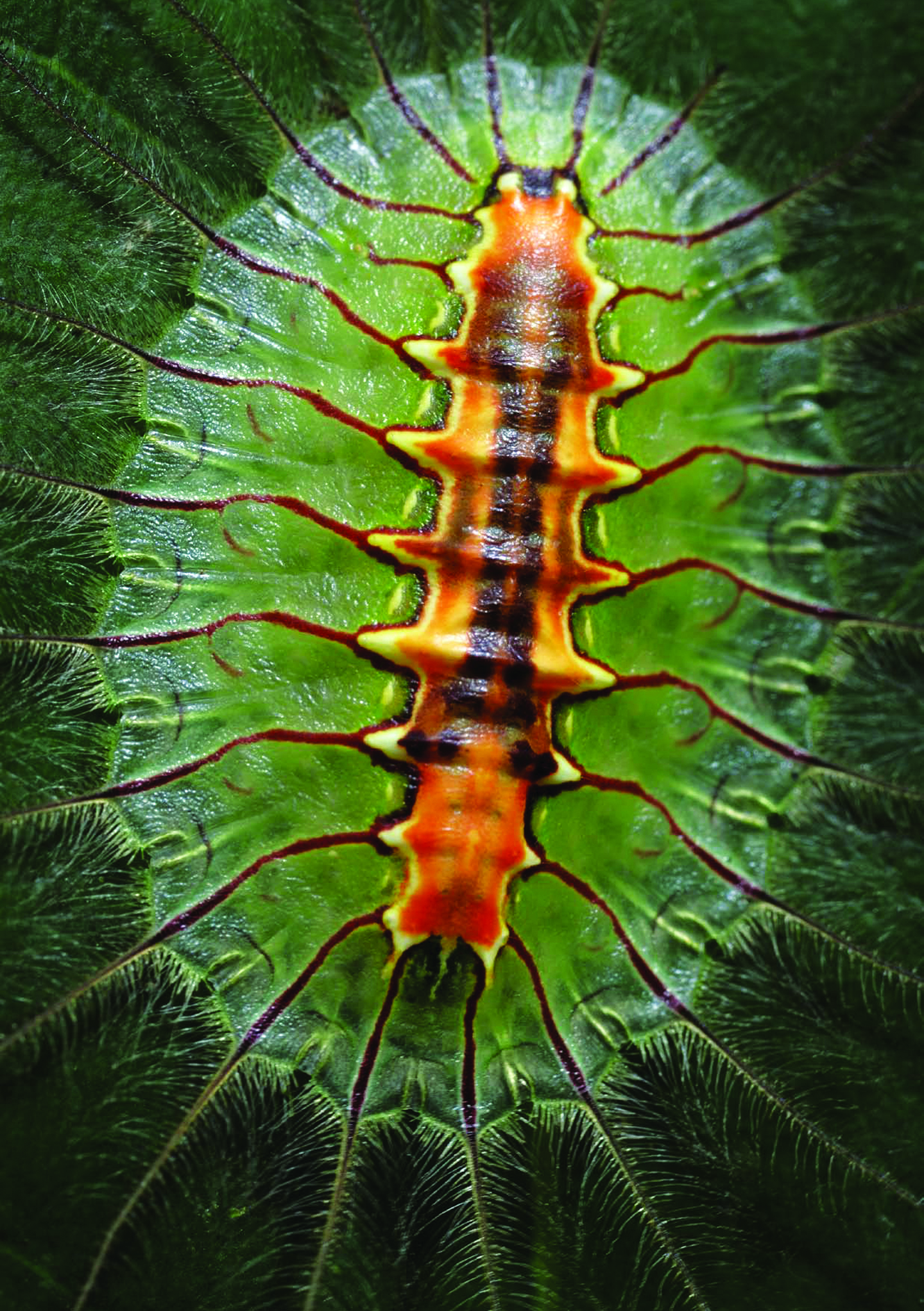
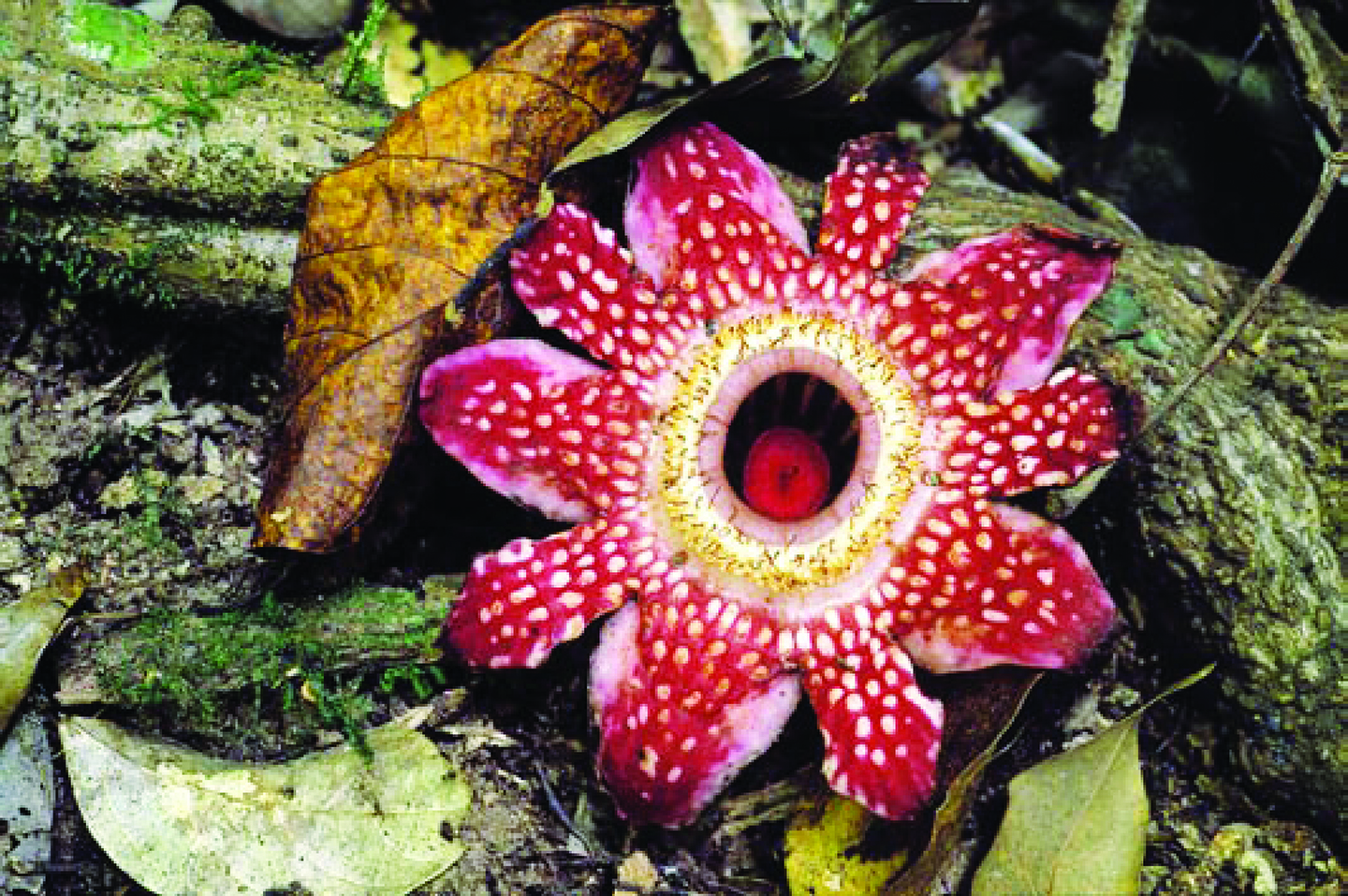
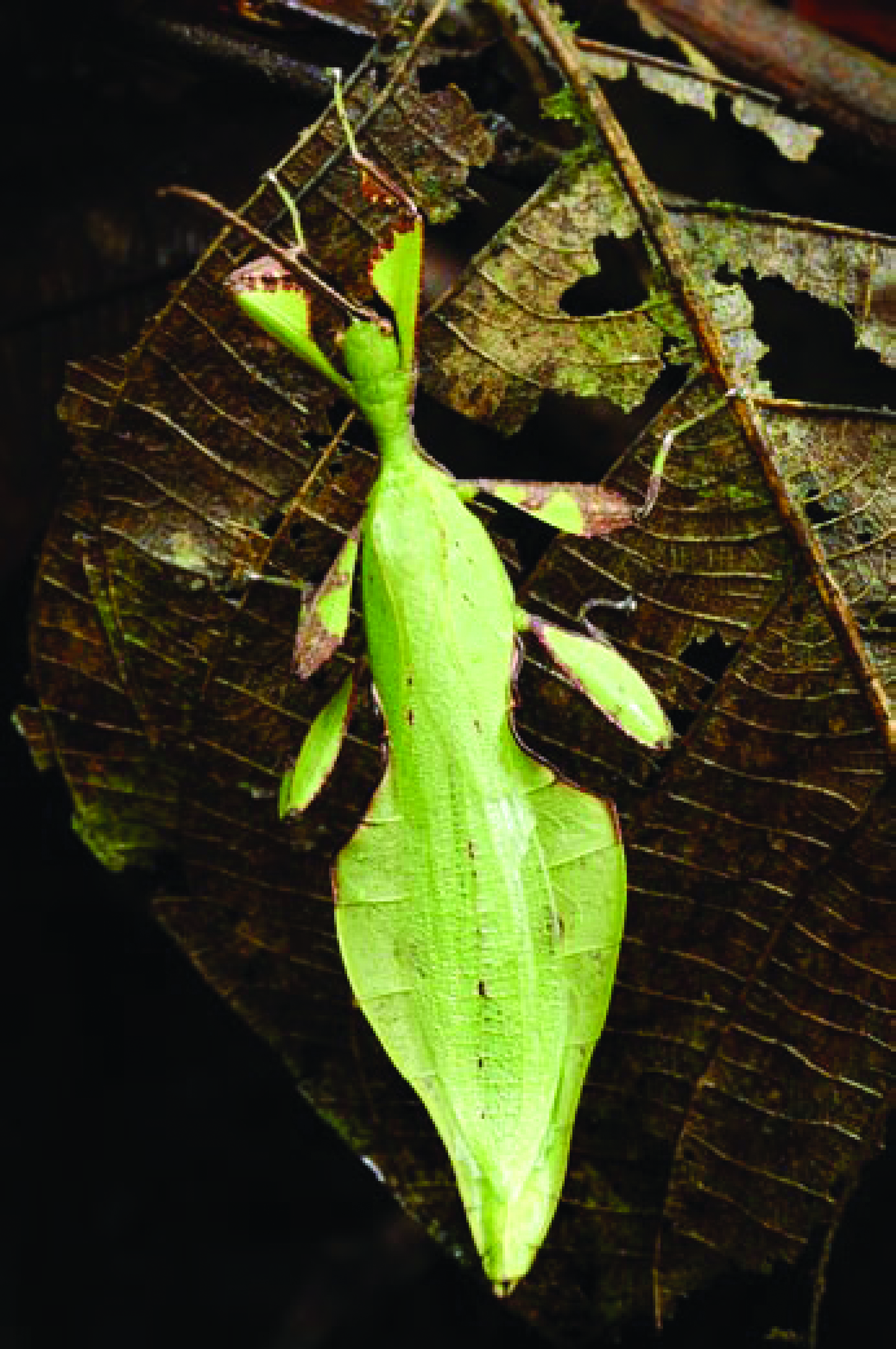
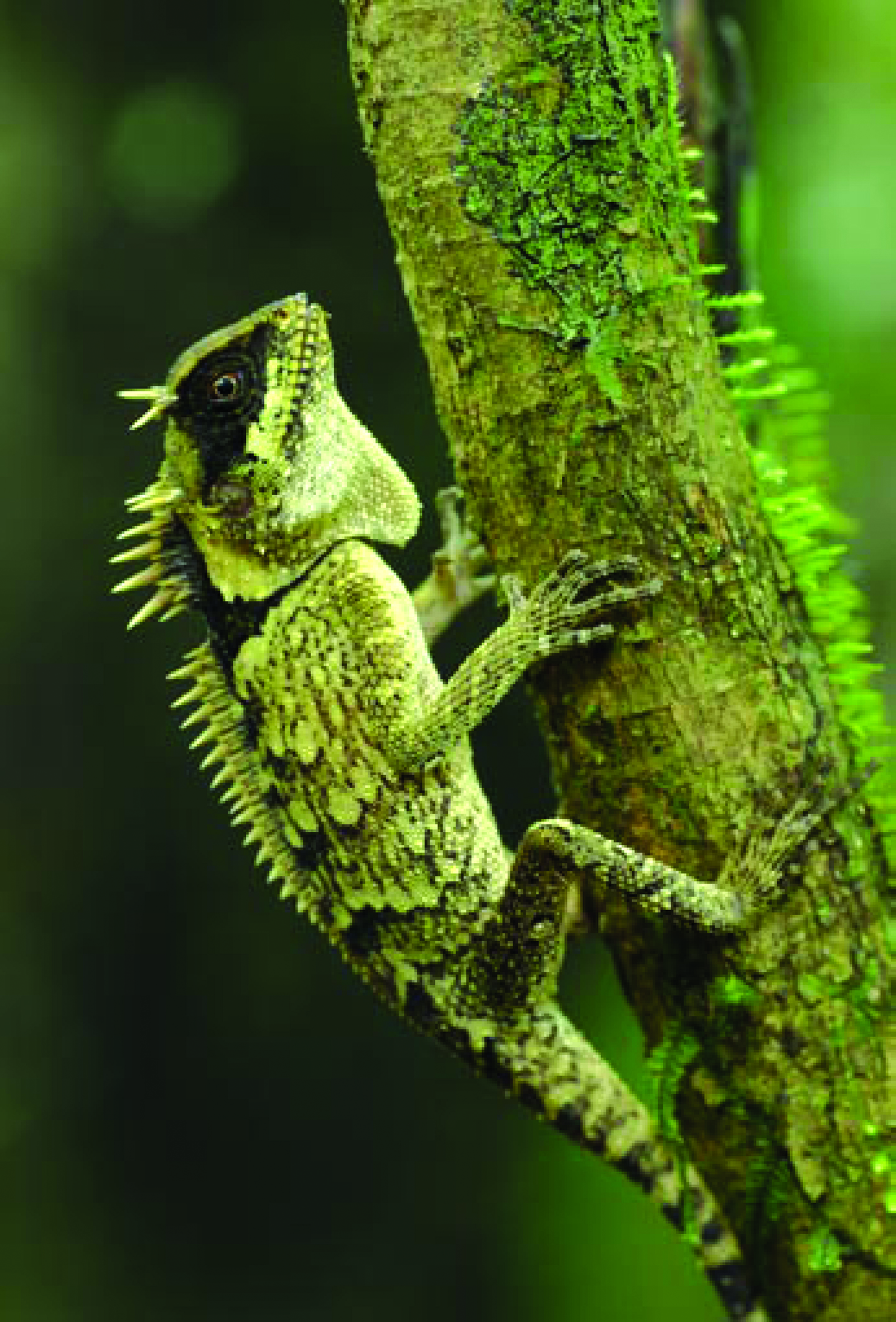
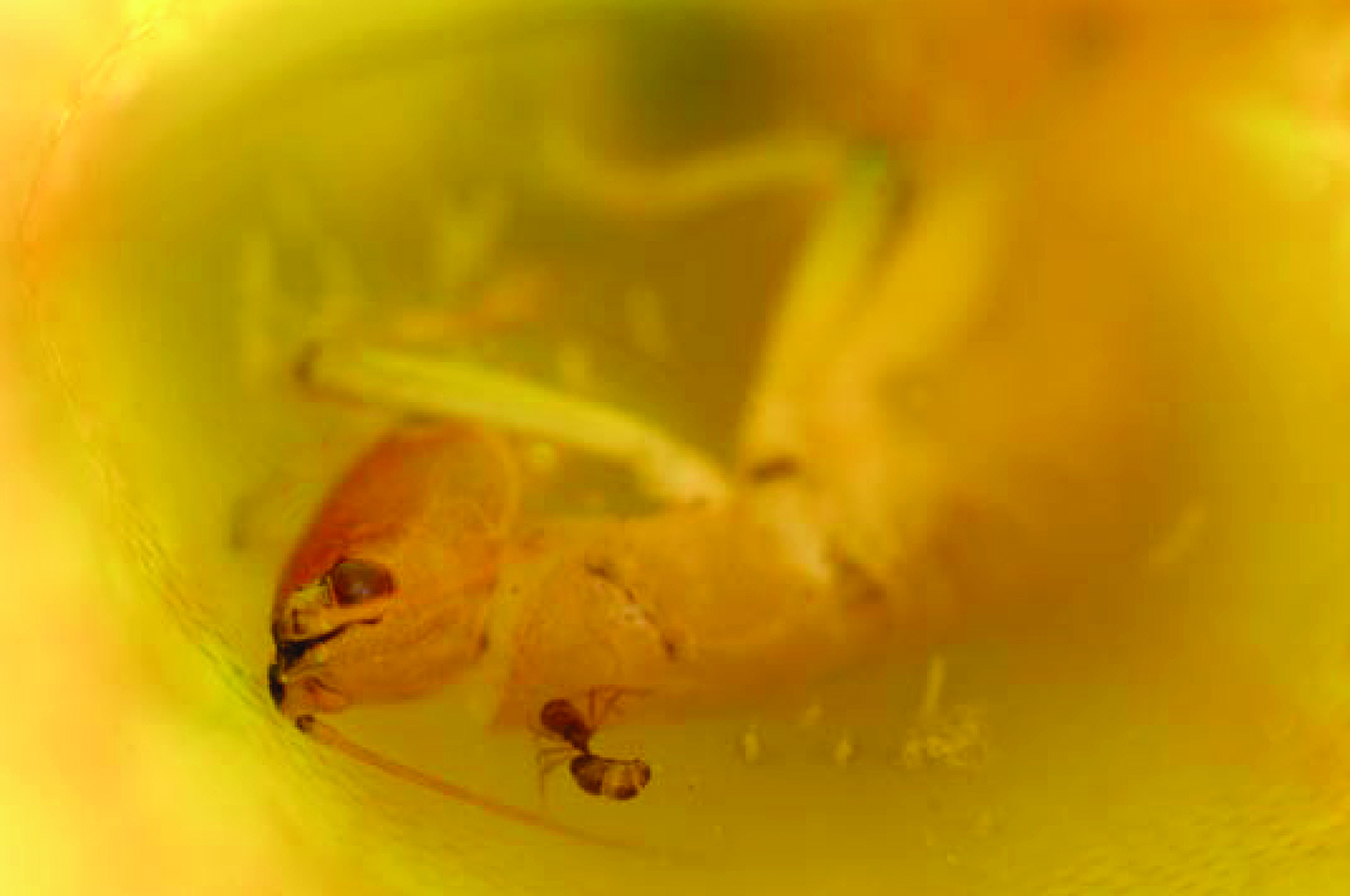
Although creepy crawlies probably contribute most to the species diversity seen in rainforests, there is a wealth of other strange and wonderful things hopping around. In Cambodia there are hundreds of species of orchid, thousands of types of fungi, more than 60 species of frog and more than twice that number of reptiles.
Knowing that tigers and elephants inhabit a forest in which one is walking gives a sense of primal awe. But it is in the smaller things – the dazzling insects, strange flowers and reptiles – that create the real wonder and delight. The images here were captured in rainforests across Cambodia and hopefully attest to the wonders of the many small things living there.
